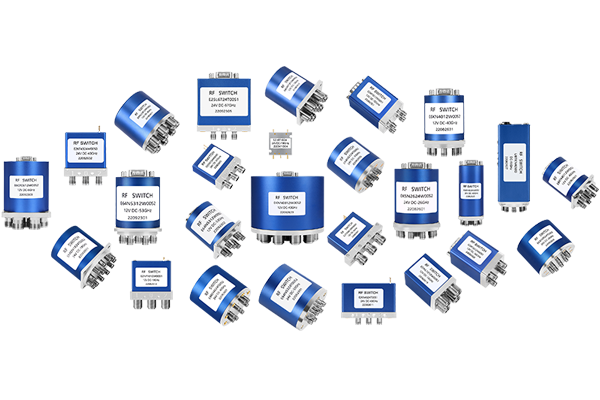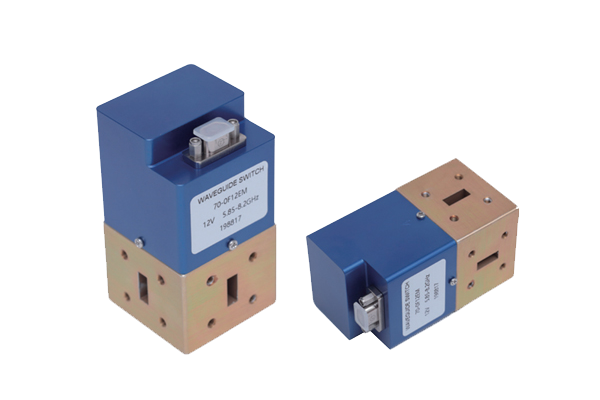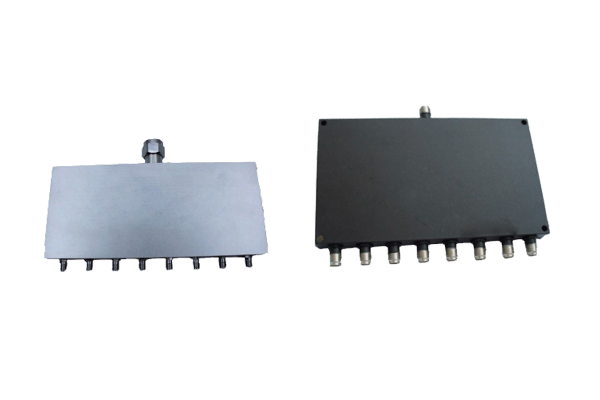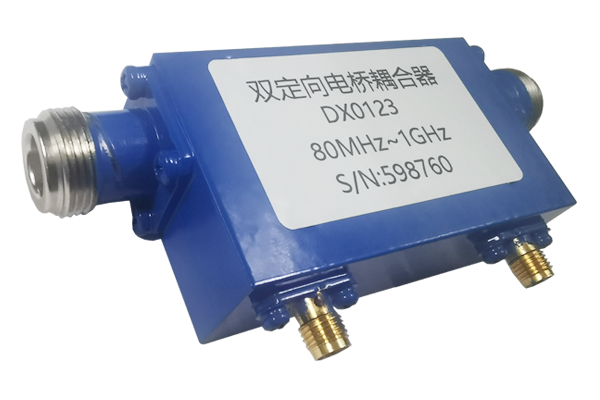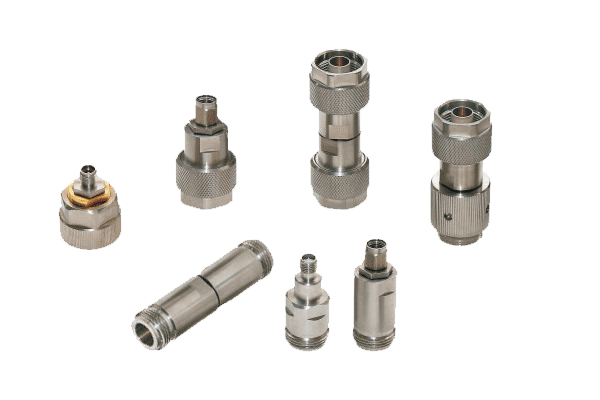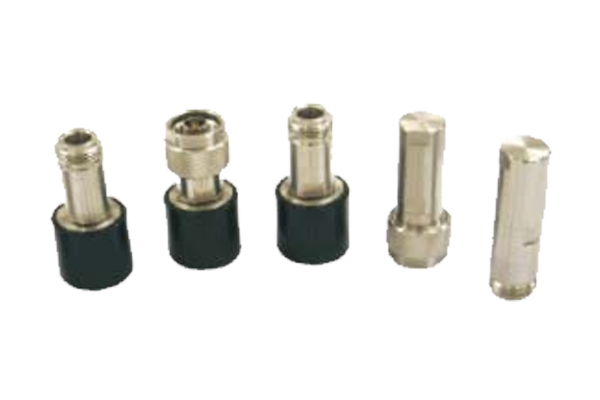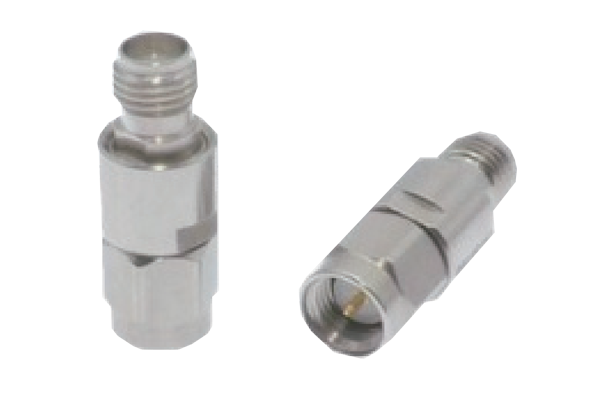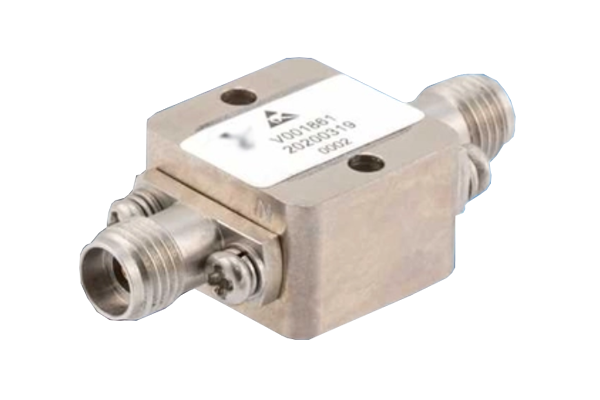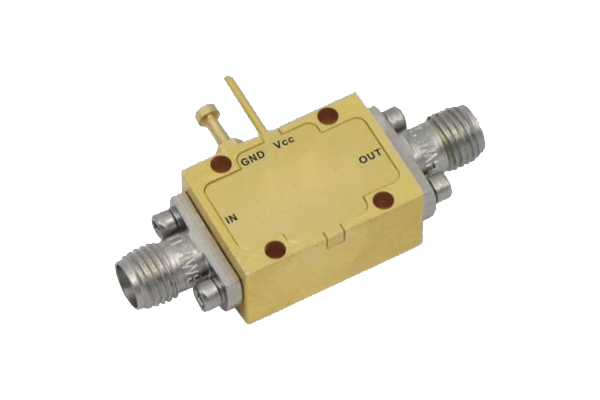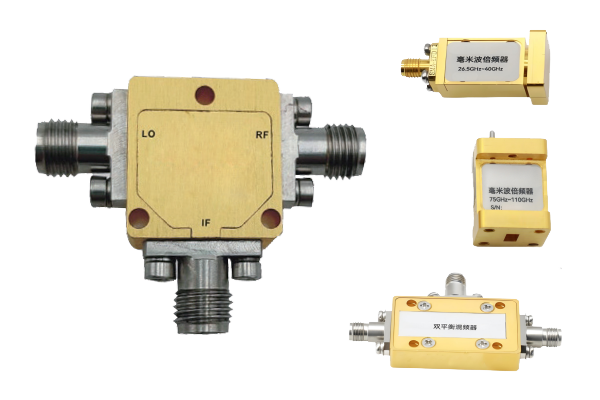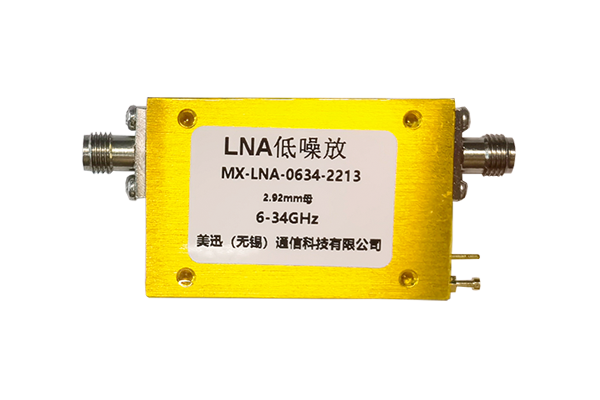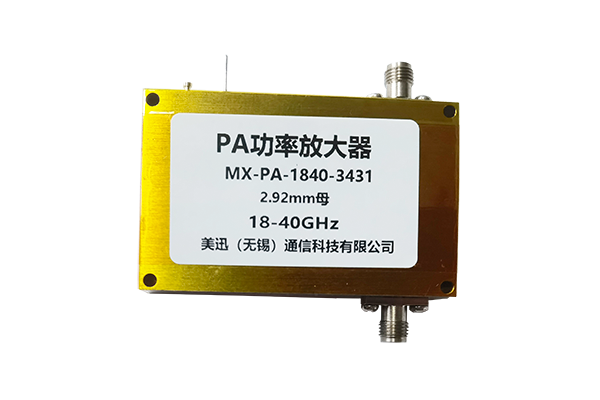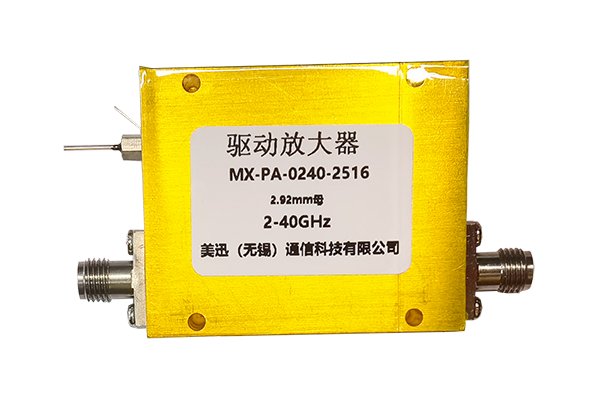How to solve the heating problem of an RF pin diode switch
RF PIN Diode Switch Heat Management
Optimize Heat Dissipation Design
Enhancing heat dissipation is a core measure to address heating issues in RF PIN diode switches:
- Integrate dedicated heat-dissipating components such as heat sinks with high thermal conductivity attached to the diode package
- Use thermal vias in the PCB beneath the diode to create pathways for heat flow
- Ensure sufficient airflow through natural convection or forced airflow with small fans
Adjust Circuit Operating Parameters
Reasonable adjustment of circuit parameters minimizes heat generation at the source:
- Avoid operating the diode beyond its rated power
- Optimize the bias voltage to provide only the minimum required for stable operation
- For pulsed operation, reduce the pulse duty cycle to decrease accumulated heat
Select High-Thermal-Performance Materials
The choice of materials and packages directly impacts heat resistance and transfer:
- Prioritize diodes made of materials with high thermal conductivity like gallium nitride or silicon carbide
- Opt for switch packages designed for thermal efficiency with exposed thermal pads
- Ensure package lead frames use high-conductivity metals to avoid heat bottlenecks
Control the Operating Environment
Stabilizing the operating environment prevents additional heat stress:
- Avoid installing the switch near high-temperature components
- Use thermal shields or insulators in high-temperature environments
- Integrate temperature monitoring and compensation circuits
- Regularly inspect for dust or debris buildup that can block heat dissipation



